Jump to media player The facility is set to produce 150 million tomatoes a year, helped by red LED lights and bees.
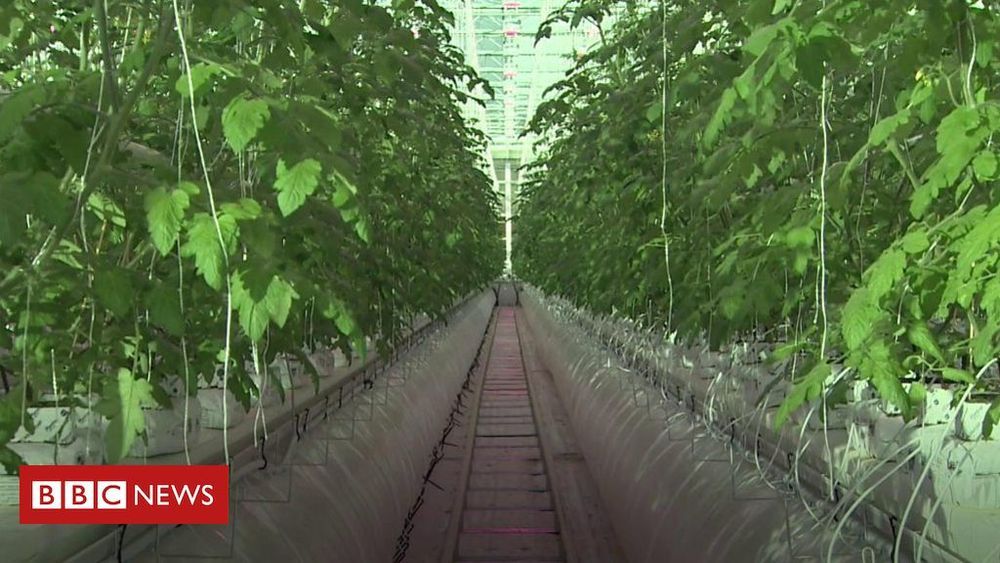


Thanks so much to Luanna Helena for having me on Creatively Speaking Radio to discuss Bioquark Inc. (http://www.bioquark.com) and nature’s clues for human regeneration, disease reversion, and age rejuvenation -
Also got to introduce our new mosquito / “ectocrinome” research program — (https://www.bizjournals.com/philadelphia/news/2019/01/02/bioquark-ectocrine-mosquito-health-benefit.html) —
http://blogtalkradio.com/creativelyspeaking/2019/01/12/episode-79-ira-pastor
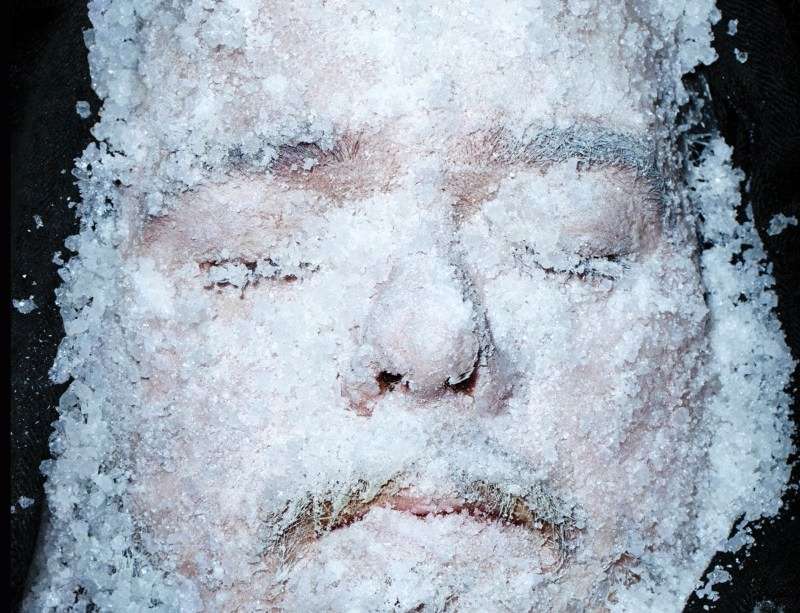
https://paper.li/e-1437691924
Bioscience and medical technology are propelling us beyond the old human limits. Are Extremes and The Posthuman good guides to this frontier?
By David Cohen
HOW would you like to be a posthuman? You know, a person who has gone beyond the “maximum attainable capacities by any current human being without recourse to new technological means”, as philosopher Nick Bostrum of the Future of Humanity Institute at the University of Oxford so carefully described it in a recent paper.
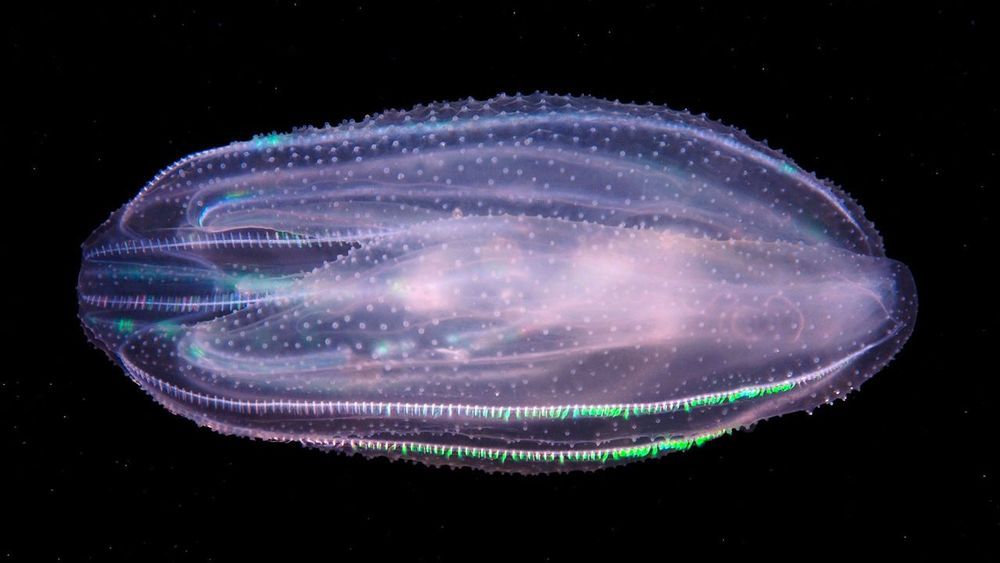
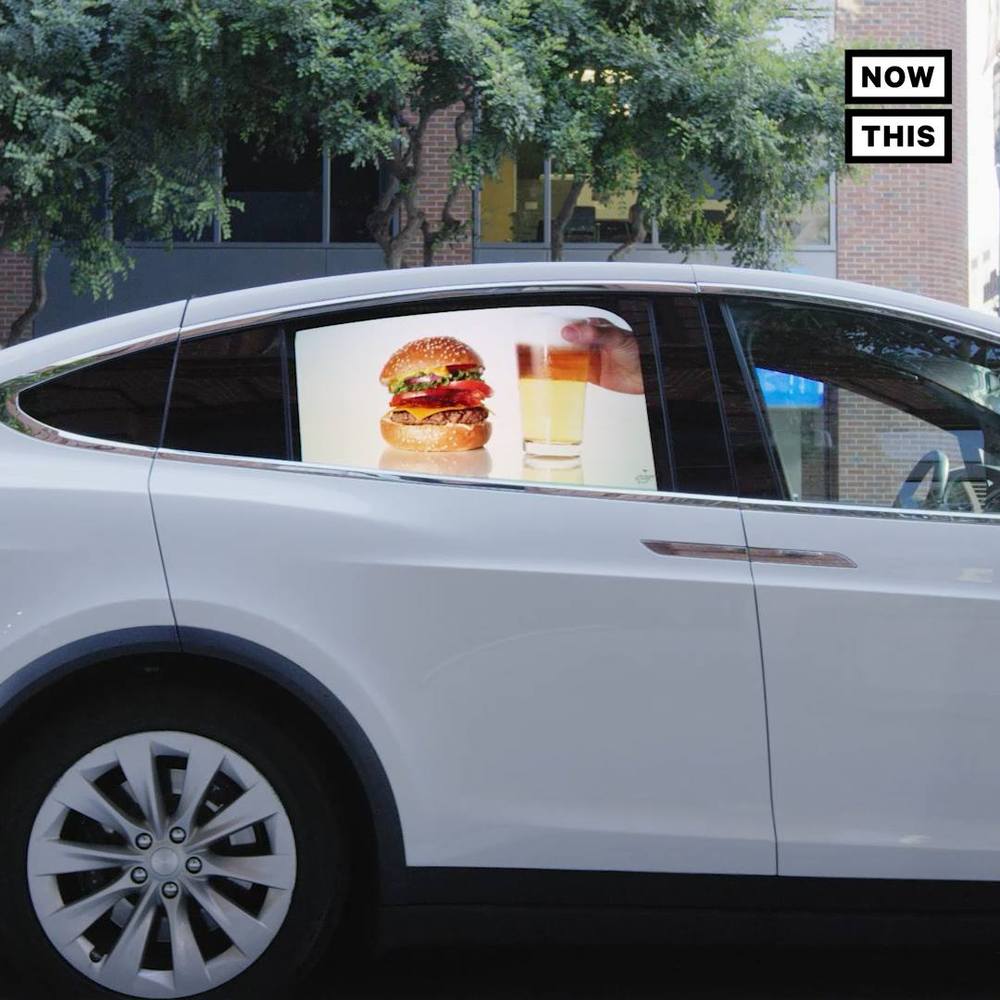
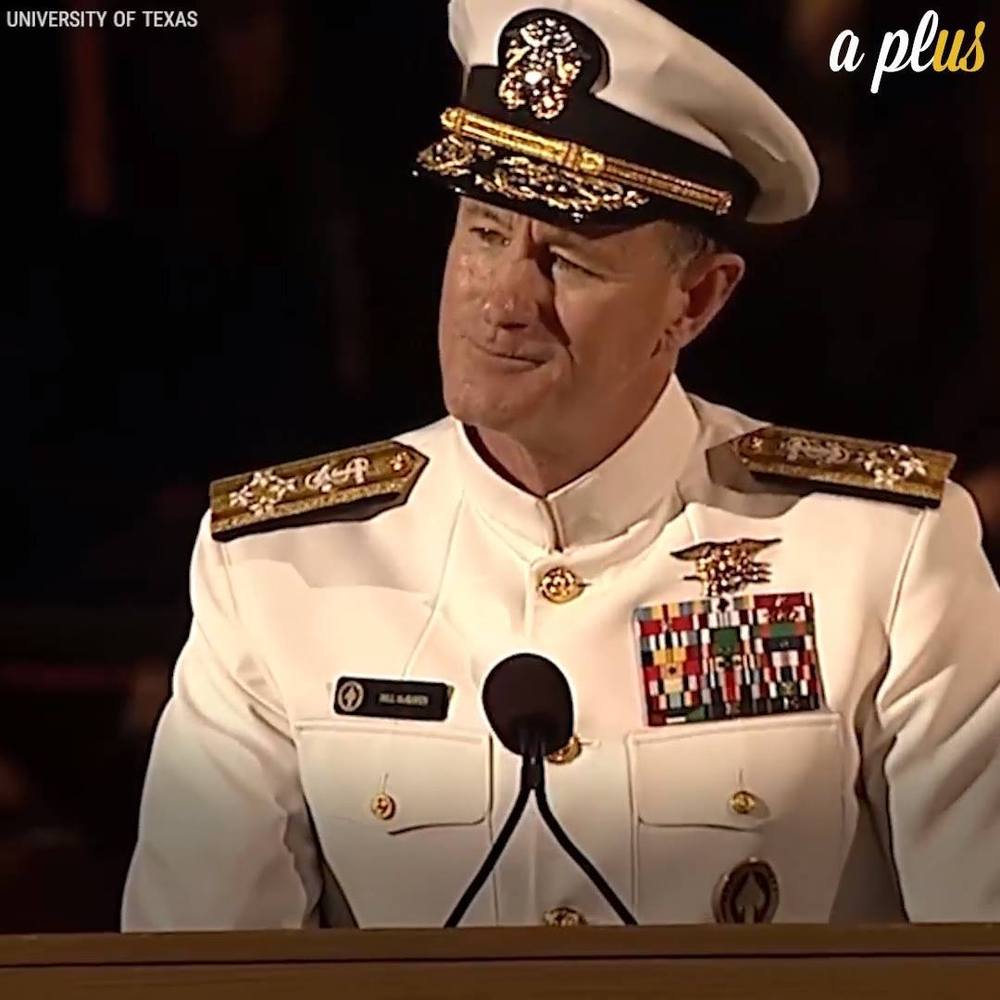
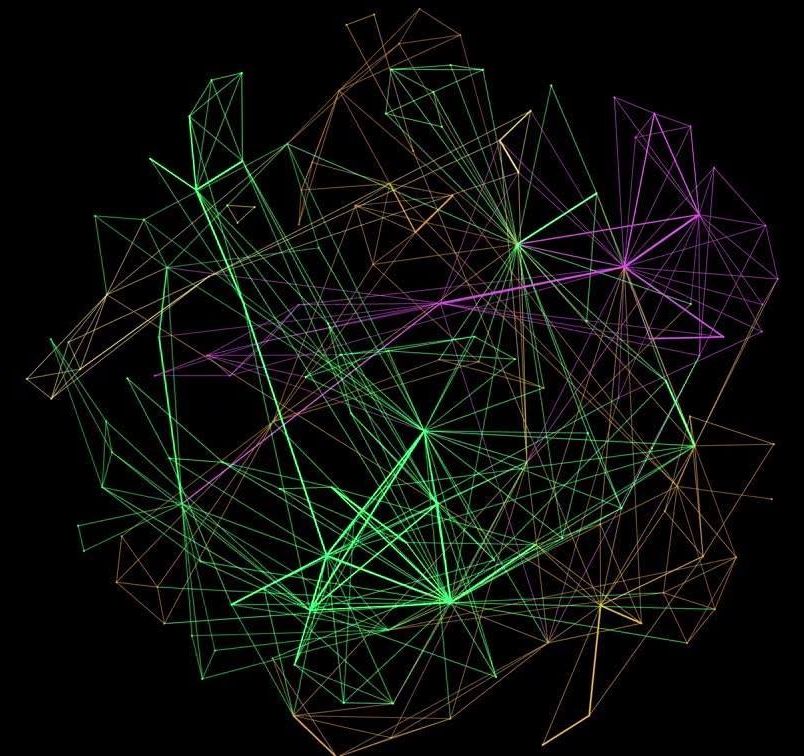

Interestingly, the study also found that Facebook users over 65 years old, on average, shared nearly seven times as many fake news articles as the youngest age group (18−29 years old). #INQLifestyle
A study by researchers from Princeton University and New York University found age as the prime factor that determined whether someone would share “fake news” on social media.
The study, published in the peer-reviewed Science Advances journal on Jan. 9, shed light on the concerns about the prevalence and effects of spreading misinformation during the 2016 US presidential campaign.
The researchers noted that one of the most discussed phenomena after the 2016 US presidential elections was the dissemination and possible influence of misinformation or fake news, with some scholars and commentators asserting that fake news could have affected the results of the elections.

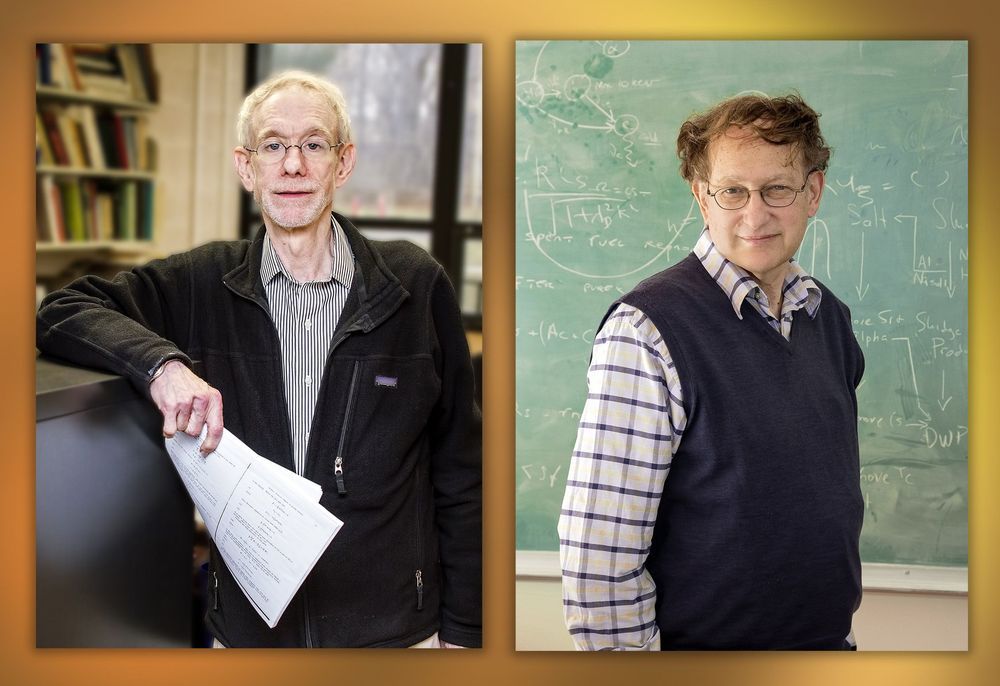
Scientists seeking to bring the fusion reaction that powers the sun and stars to Earth must keep the superhot plasma free from disruptions. Now researchers at the U.S. Department of Energy’s (DOE) Princeton Plasma Physics Laboratory (PPPL) have discovered a process that can help to control the disruptions thought to be most dangerous.